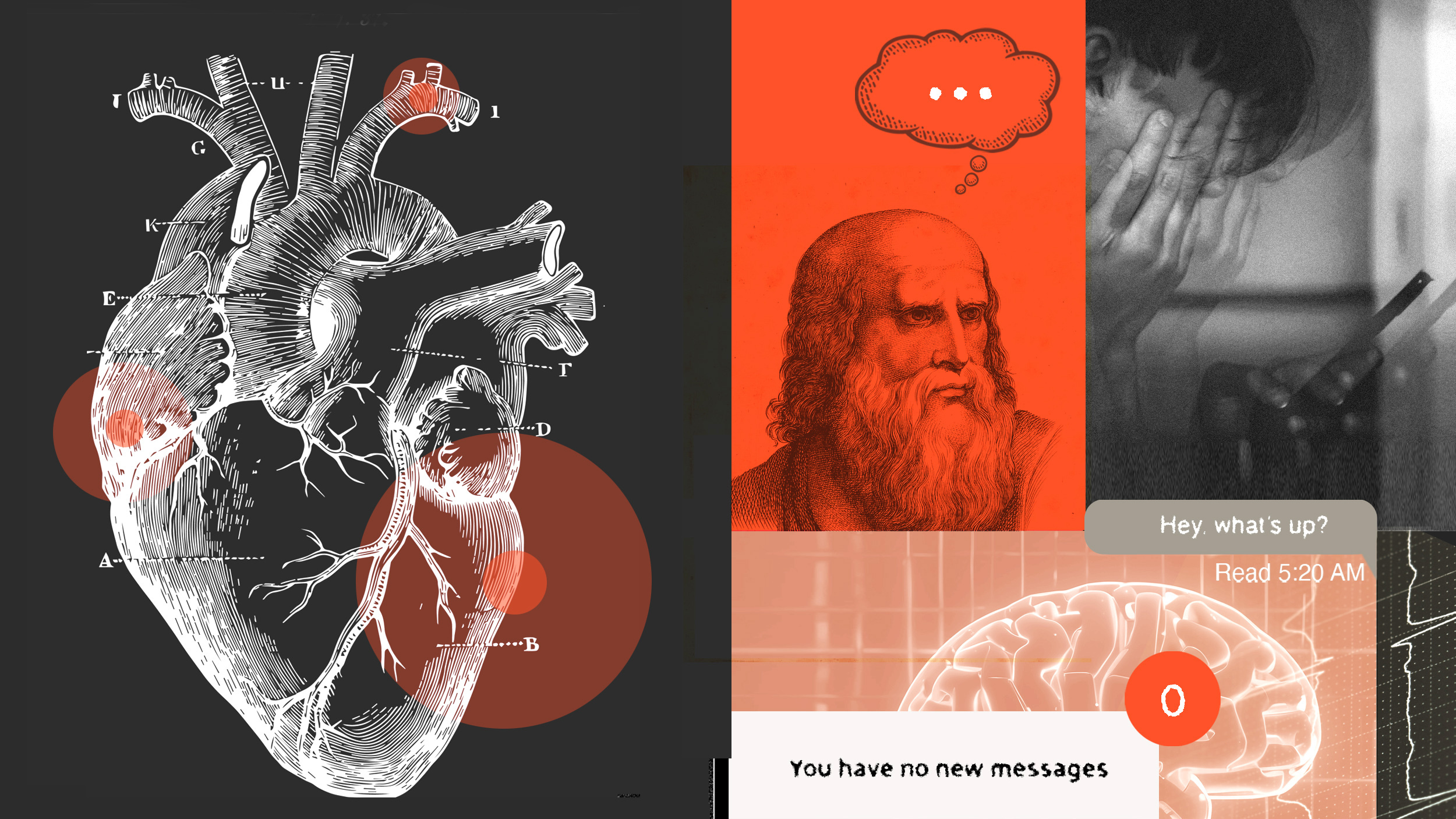Bruce Bueno de Mesquita, author of The Predictioneer’s Game, shares his foolproof method for getting your next car for the lowest price possible.
So let me lay out how to buy a car. It’s very easy. Decide exactly what car you want to buy, make, color if it matters to you, options and so forth. Then do not go to a dealership. Let your fingers do the walking. Telephone all of the dealers who sell the vehicle you’re interested in who are, say, within a 50 mile radius, a 25 mile radius, 75, however far you’re willing to go. To each of them make the same statement: “Hi, my name is so and so. I plan to buy such and such a car today at 5pm. I’m going to buy it from the dealer who gives me the best price. What is your best price?” The dealer may say—the person on the phone may say: “Well sir or madam you can’t buy a car on the telephone. Come in. We’ll give you the best price.” The response to that is: “I know I can buy a car this way because I know many cars have been purchased this way, so if you don’t quote a price to me I understand that you’re telling me you know you don’t have the best price. I appreciate you’re saving my time.” Now they will either say thank you good bye or they will quote a price or they will say yes, but when I tell you a price you’ll call the next dealer and that person will quote a price that is $50 lower than mine and then you’ll go buy their car to which the response is: “That’s right, so if you can go $50 lower this is your opportunity because I will buy from whoever gives me the lowest price and I need the full total price, taxes, everything. I don’t want you to charge me $450 dealer prep to wash the car. I want a full end price. I will not discuss the price when I come in. I will come in with a check made out to whoever gave me the lowest price. If they renege I will walk out. I will have the second best price check in my pocket. I will go buy it from them. What is your best price?”
Jonathan Fowler & Elizabeth Rodd





